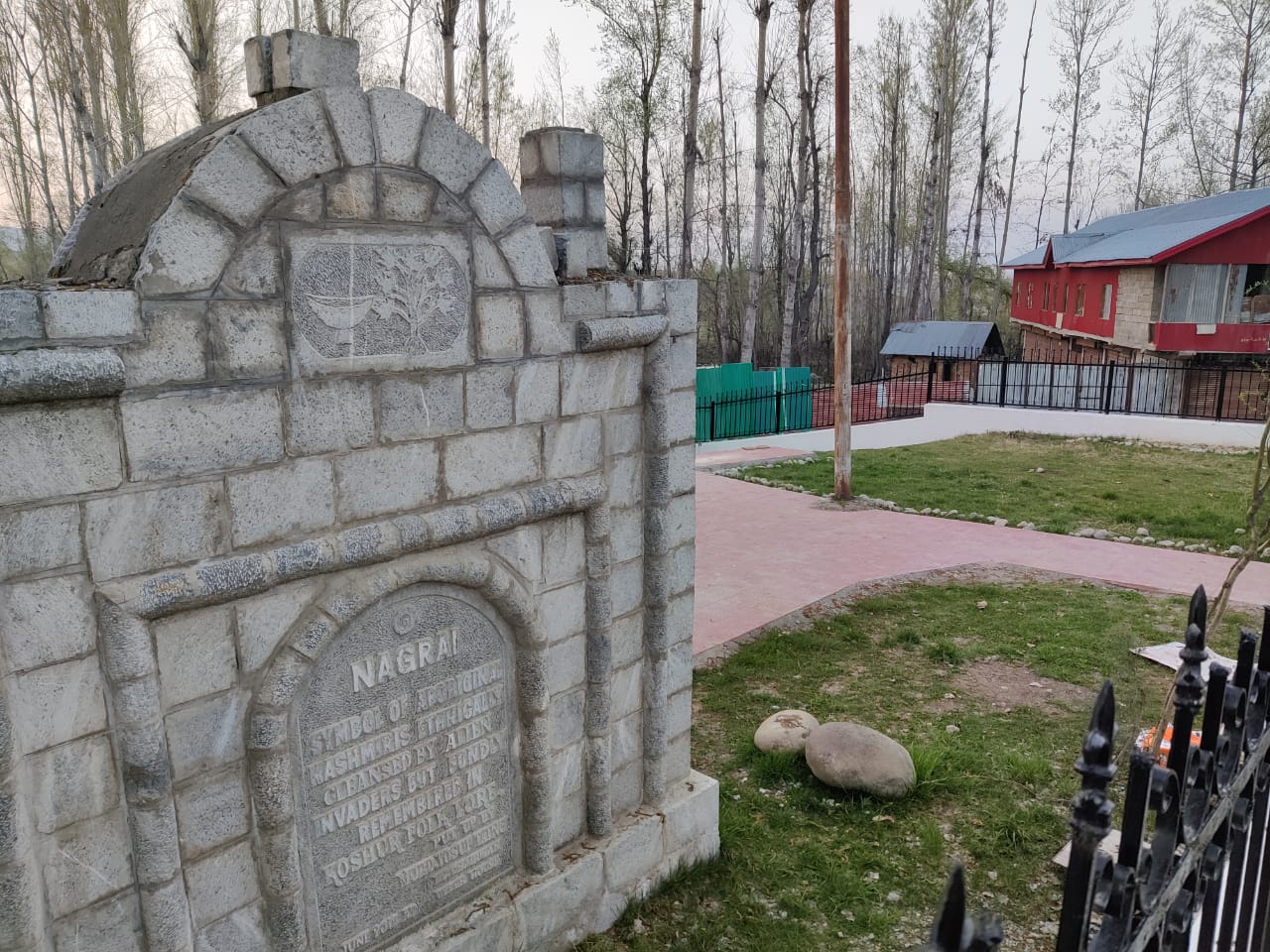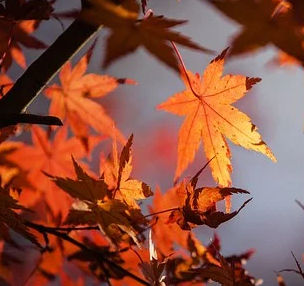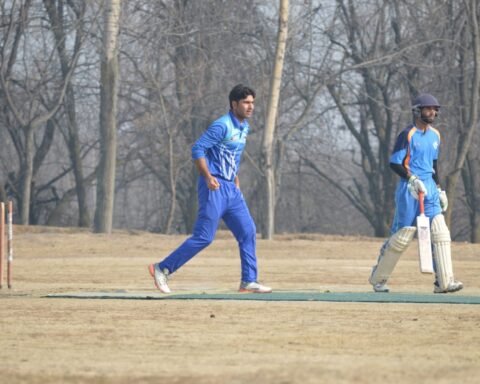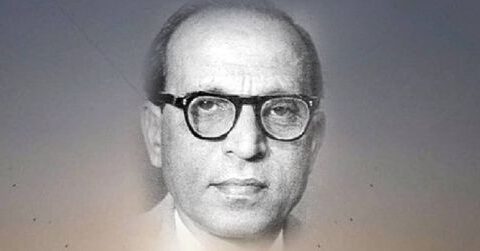Shopian : When a mysterious object glitters in Balpora, snakes, so the myth goes, come out their pits and crawl on banks of Rambiara, a pristine water stream that traces its source to the mighty Pir Panjal mountain range. Settled on a plateau, Balpora village is divided from Safan Naman locality by height and Rambiara.
“The rays appear once a week near spring, Wokheal Nag or Hemal Nag. They fall on the hedgerow around NagraiNaag in SafanNaman. The light vanishes abruptly when one goes near the spring. It is hard to
guess its source but there is certainly a mystery there. The rays look like a crown that ancient kings and queens of Nagas used to wear,” Ghulam Mohammad Shah, an aged resident of Balpora said.
Shah’s is the predominant belief among a majority of villagers in Balpora and SafanNaman where the epic love story of Hemal and Nagrai is said to have unfold thousands of years ago.
Around 12 families live in SafanNaman, a mohalla of Aglar village in revenue records. Residents have been carving for an independent identity. They believe their village was once a densely populated city-Shahar-e-Saman. And, young and old alike, most people in Safan, have been told by their parents and grandparents that Nagrai Nag, a fresh water spring was an abode of Nagas. The spring falls close to Kashmiri’s historic Mughal Road. A youth of SafanNaman, Masood Ahmad Wagay, told me of the villagers who offer a bowl of milk to Nagas by pouring it in to Nagrai Nag soon after their cows deliver. His belief about existence of Nagas achieved credibility when he saw a python swallowing a calf from a herd of cattle that Abdul RazaqWagay, a neighbor, was grazing around Nagrai Nag some years ago. Djins and snakes are interchangeably used for Nagas by SafanNaman residents.
Jammu and Kashmir Academy of Art, Culture and Languages has installed a large sign board at the site in1987 beneath which it has written a brief note on historical importance of the spring. “Dedicated to the memory of Nagrai or Naga Arjun, this spring is the most distinct topographical evidence of that famous but now unidentifiable human race which inhabited our valley at the dawn of the history. This spring reminds us of those noble people who shaped the Kashmiri culture in its infancy but were later described as non-humans by the subsequent victorious races. Buddhist book Tripitika, Nil Mata Puran, Katha SaritSagar and Rajatarangini all speak widely about Nagas, their feasts and their charm. Nagas were worshipped not only in Kashmir but in entire Trans Himalayan region, Central Asia, and even in Egypt and Greece at the very dawn of history.
“Their memory still lingers in our decorative motifs, on jewellery,wood carving, costumes, etc. Naga worship was prevalent in Kashmir even in Mughal times. Abul-Fazl records that in his times there were as many as 700 Naga shrines in Kashmir. Certain totems and festivals particular to Naga worship can still be traced in Kashmiri pandit rituals. Even Kashyapa Rishi, the legendary founder of Kashmir is described as patriarch of Nagas. “Nagrai or the King of Nagas is not a folk character alone but a symbol of elegance, grace, beauty and sacrifice. In Kashmiri literature, young maidens long for darling like Nagrai. The legend of Hemal and Nagrai, though centuries old is still cherished by Kashmiri people irrespective of present day faiths and beliefs. In this spring sparked off the archetypal tale thousands of years old. This spring is a wonderful monument to diverse Kashmiri cultural heritage.”
Hemal Nag is located under the dense canopy of Chinar trees on a plateau in Balapora village. It is rectangular and
bigger than Nagrai Nag. The fresh water spring is surrounded by marshy land which breeds thorny bushes, but there is a variety of flora around it too. A mortar and a pestle lie submerged in Hemal Nag which are thought as old as the Aryan princess, Hemal, given in charity by to a clergy who told her whereabouts of Nagrai.
“This limpid water spring served as private bathroom for Aryan princes, Hemal. The spring grew many varieties of fragrant flowers. It was surrounded by a high wall and entry into the spring was restricted By Hemal, who would lock its gate. Balpora’s Hemal Nag was the first point of contact between Hemal and king of Nagas, Nagrai,” Mohammad
Isaaq Shah, a daleel Gur( story teller) of Ganawpora Shopian told me Isaaq told me that in his village the story of Hemal-Nagrai was narrated by a person who had a melodious voice; villagers would encircle him and keenly listen to the tale for hours, especially during night. In his childhood, Isaaq was a regular listener of
Hemal-Nagrai during and when he grew up, he jumped to centre stage to sing Hemal-Nagrai for his villagers for many years before this tradition of storytelling became ‘obsolete’ in Kashmir.
“We were born and brought up in an environment where the characters of Hemal and Nagrai had been woven. I witnessed dense forest cover around Hemal Nag in my childhood and Keller forest where Nagrai and Hemal died. Rambiara still flows here. All these tangibles would make us believe in reality of Hemal and Nagrai,” Isaaq told me.
The story of HemalNagrai narrated by Isaaq unfolds in the vicinity of present day Balpora some 500 years before the advent of Jesus Christ.
The village got its name from Aryan King, Bala –Veer, who had seven daughters. One of them was Hemal.
The story of Hemal-Nagrai unfolded 500 years before the advent of Jesus Christ in the vicinity of present day Balpora, named after Aryan King, Bala –veer had seven daughters including Hemal.
There was an issueless Brahman, Soda Ram, who lived in the vicinity of present day Balpora. He was living in abject poverty, sustaining himself on begging. His wife often complained for lack of basic necessities and used her vicious tongue against Soda Ram, who was very sick of her and desired to get rid of her. Once he left home for
seeking alms, he put his bag aside and lay down to rest under the shade of a tree across Rambiara.
“There was a spring beneath the tree and Soda Ram saw a serpent coming out its pristine waters. The reptile entered his bag and a criminal thought hit Soda Ram’s mind. He brought the snake home to get rid of
his wife. Soda Ram thought nobody would suspect him for murder and the story of a snakebite death seemed fairly plausible to him, Isaaq narrated in his beautiful voice. That he would carry the serpent home
to sting his wretched wife and thus get rid of her. Isaac told me that Soda Ram thought nobody would suspect him for murdering her wife that every one would think she was stung by a snake.
Once home, Soda Ram, so the story goes, handed over the bag to his wife and asked her to open in a clean room. “He blocked all openings of the room, went out and locked the door. Then he said to himself,
“aeth dare bochnae, mane aechwochnae” (let my eyes see the snake sting you). When Soda Ram’s wife opened the bag a charming prince come out of it who told her to stay calm. He introduced himself as Nagrai and desired to live with them. She called her husband, who was perplexed to see the miracle. The couple adopted Nagrai who bought them immense wealth,” Isaaq told.
Isaaq claims Nagrai met Hemal around the Hemal Nag and they fell in love. Nagrai sent a proposal to Hemal’s father who initially denied it but was latter made to change his mind by his adamant daughter.
Nagrai had 1200 other wives, one of them once stung Hemal due which her body swelled. Nagrai took her to a dense forest in present day Keller where he treated her under a canopy of four Qiro trees.
“One day Nagrai found her asleep, he didn’t want to disturb her; so he coiled himself near Hemal and kept waiting for her to wake up. He was in shape of a serpent. A clergy passed through the forest; He saw the snake and thought it might sting the woman. So he killed him.
When Hemal woke up, she found Nagrai dead. She wept inconsolably, for she had lost everything. Then she cremated the body of Nagrai and immolated herself,” Isaaq said.
Kashmiri historian, Mohammad Yusuf Taing claims the story of Hemal and Nagrai unfolded at a time when Aryans had occupied Kashmir by invasion and had pushed aboriginal inhabitants of Kashmir-Nagas to Periphery
some six thousand years ago.
“The story of HemalNagrai is a fiction with an element of truth that Nagas were aboriginal inhabitants of Kashmir ethnically cleansed by Aryan invaders, who came to Kashmir from Central Asia and committed genocide of Nagas on a scale which can be matched by events like massacre of Red Indians by Spanish Europeans of America in 1492,”
Taing said.
“I have a strong belief in the existence of Nagas in Kashmir and my belief is reinforced by the topographical evidence of Hemal Nag and Nagrai Nag in Balpora, Shopian. If we do an analytical study of Nagas in Kashmir, we will find a number of evidences and proofs in support of their existence. The story of Hemal and Nagrai is fictionalized by
distortions of romance. When we see it in an analytical perspective, we came to conclusion that Nagrai was killed by Aryans under a well planned conspiracy for marrying an Aryan woman. He was made to drink milk for that they knew Nagas were allergic to lactose present in milk and that he would die of allergy,” he said.
“Some time ago, Zahoor Ahmad Sheikh of Aglar, saw two mysterious persons in his bedroom at dusk who came from nowhere and beat him throughout the night before vanishing at dawn,” Masood said.
Masood found his friend relieved after apologizing to Nagas for destroying their habitat at Nagrai Nag where he had uprooted a thorny bush. He dubs whole area around Nagrai Nag a “Djin-e-Beathaal”- abode of Djins, densely inhabited by snakes.
The legend lives on.








